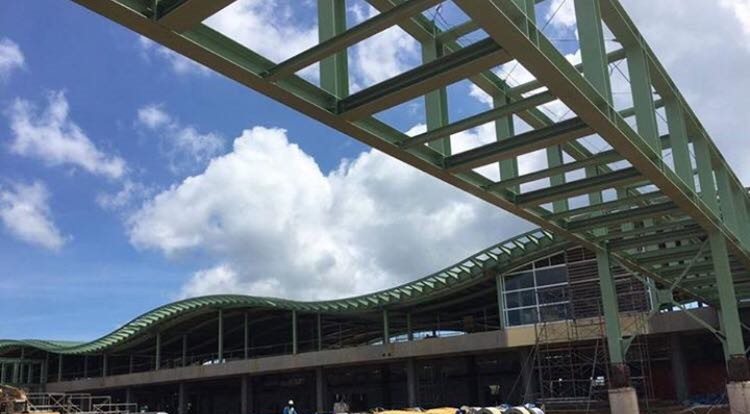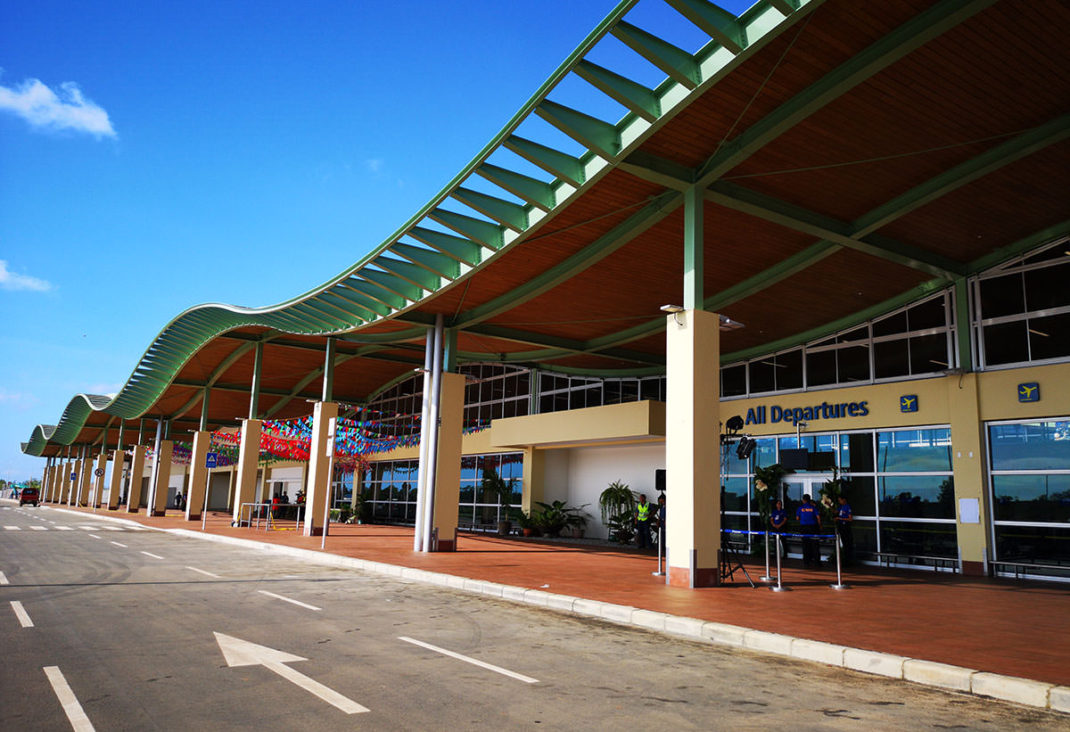The New Bohol International Airport, dubbed as the “Green Gateway to the World,” is a soon-to-be-opened international airport in Bohol, Philippines – a thriving tourist destination in the country. According to the country’s Transportation Department, construction of the airport is said to be 80% done and is expected to be opened by June 2018, and fully operational by August 2018. The airport is said to replace the existing Tagbilaran Airport, which is currently located on Bohol’s mainland and has a capacity of 800,000 passengers per year. The New Bohol International Airport, on the other hand, is located in Panglao Island, Bohol’s top tourist spot. It is expected to accommodate 2 to 3 million passengers per year.
Environmental Features
The said airport is built on an “eco-airport” concept, featuring the latest Japanese technology in terms of sustainability. Among the eco features of the airport include the dominant use of natural sunlight and natural air ventilation in the terminals, with air conditioning being powered by solar energy and being available only in the pre-departure area. During construction, various environment-friendly technologies had also been implemented, which includes the use of geotextile sheets, which protects the surrounding environment from pollutants coming out of the drainage system, as well as protecting the yard from being soaked.
The facility is also furnished with a photovoltaic power generation system, a robust sewerage disposal system, a stable waterworks system, and a solid waste disposal system. Its other measures for environmental conservation include the installation of more than 2,000 LED lights, as well as the installation of solar panels on the passenger terminal roof. A prominent external yard on the passenger terminal building will also be extensively landscaped to blend with the island’s natural surroundings.
Touted to be the country’s first eco-airport, the PhP7.8 Billion project sits on a 230-hectare property, with a 2,500-meter runway with the capacity of 7 aircraft at one time, which includes wide-body aircraft used for international flights. On its 2nd phase and once completely operational, an additional 300 meters will be added to the runway, making it a 2,800-meter runway. Direct flights to and from China, South Korea, and Japan are expected to be made available once wholly operational.
The Makers

Photo credit: Abigail Cordenillo Ociones
Construction of the airport began in 2015, is a joint project of the Philippine government and the Japanese Airport Consultants (JAC), and the Chiyoda- Mitsubishi Joint Venture (CMJV). After the Duterte administration took over in July 2016, construction of the airport was fast-tracked with the Transportation Secretary Arthur Tugade ordering 24/7 construction operation to commence.
Panglao is Bohol’s major top tourist draw with its white sandy beaches, crystal clear waters, and various resorts, complete with the Islanders’ warm hospitality. With Bohol being a rising top international tourist destination, The New Bohol International Airport is set to improve the island’s tourism industry by opening its doors directly to the international market, as well as to reduce congestion at the country’s main international airport in Metro Manila, the Ninoy Aquino International Airport.
The Green Gateway to the World, the Bohol International Airport paves the way for more international tourists to visit the islands and the region, helping to enrich the lives of locals, while also being sustainable and eco-friendly.
Featured image source: goodnewspilipinas.com



